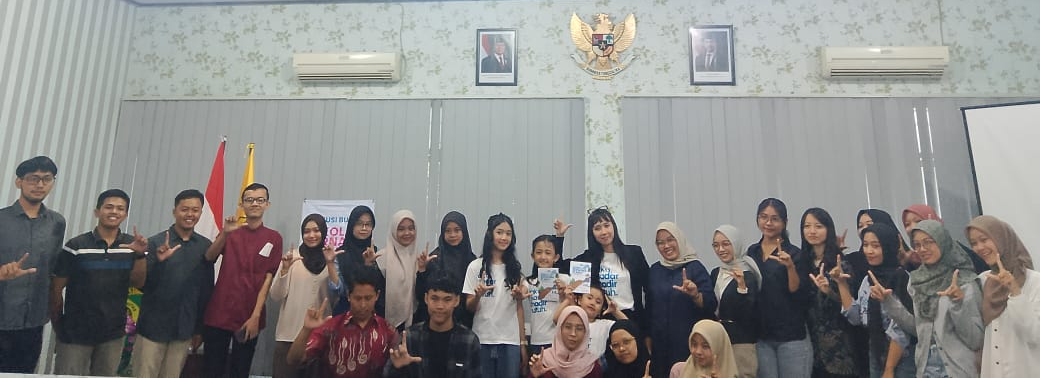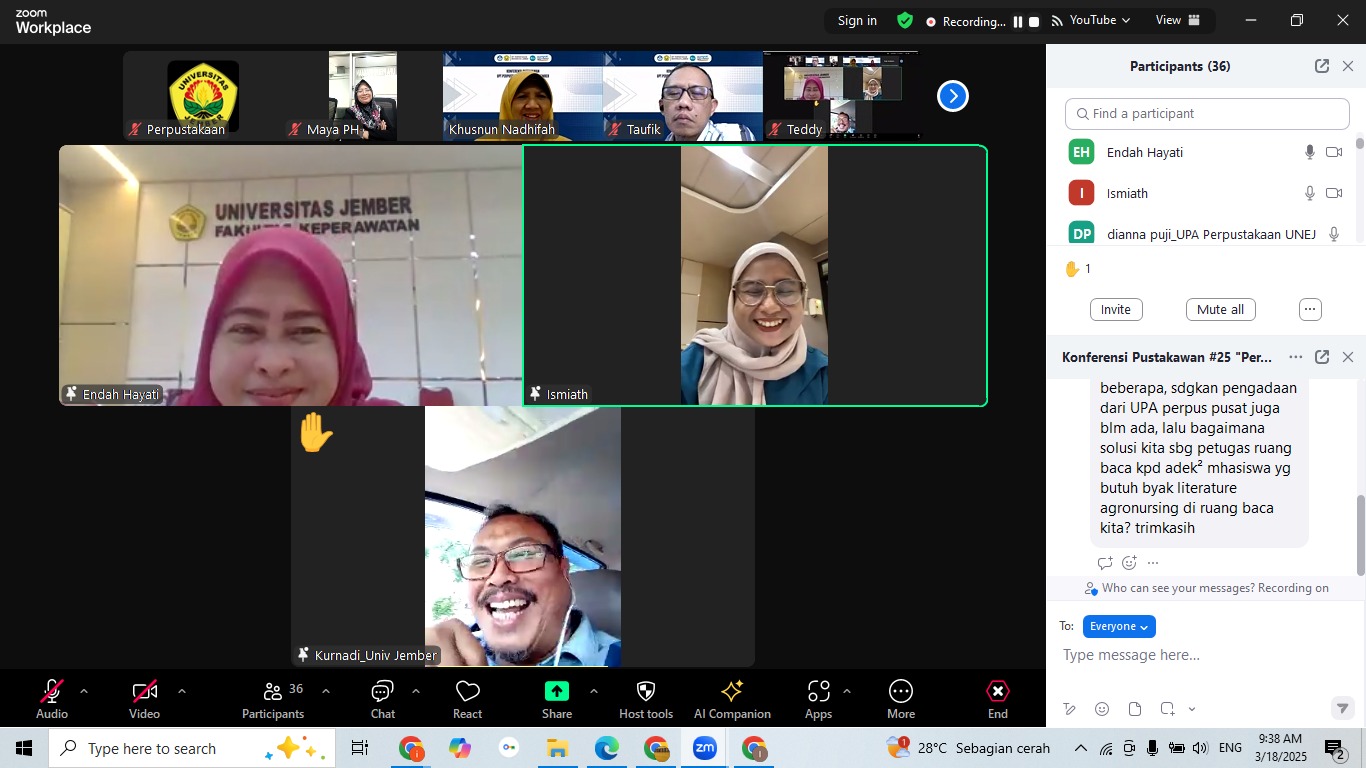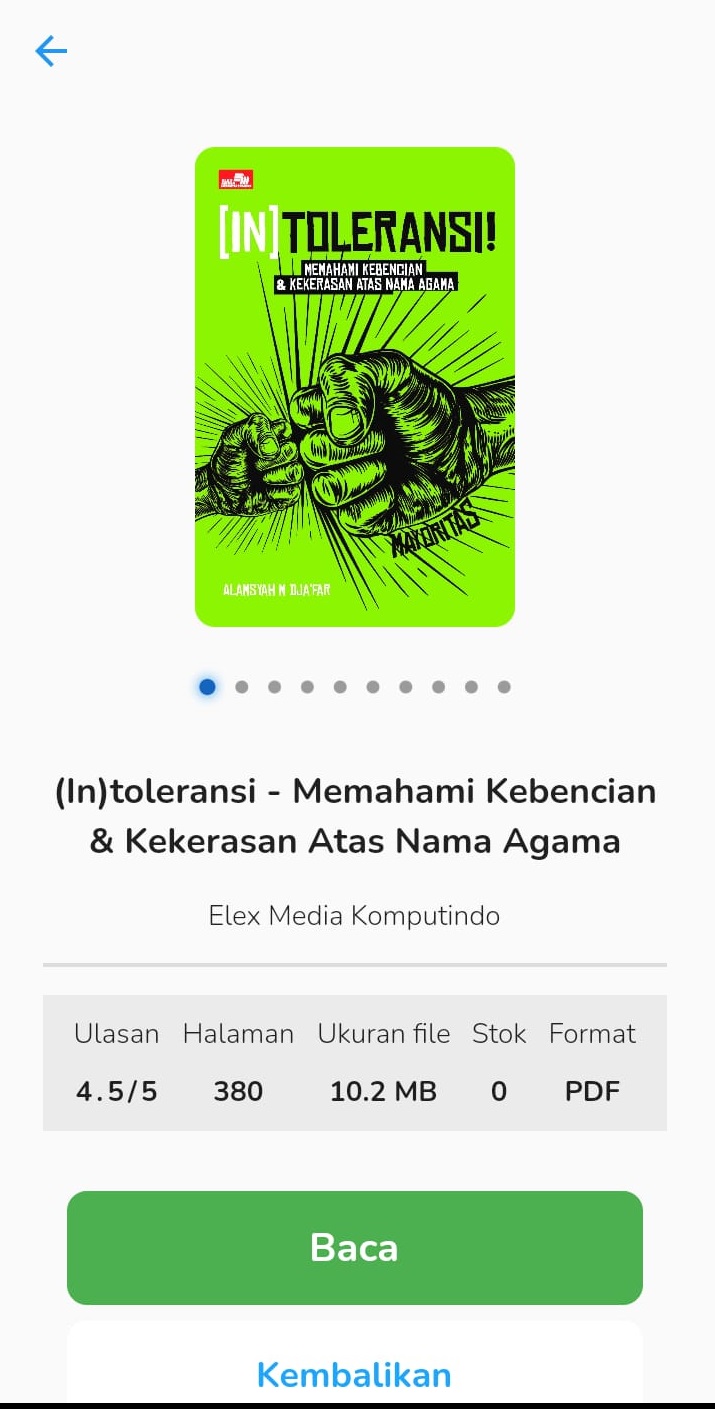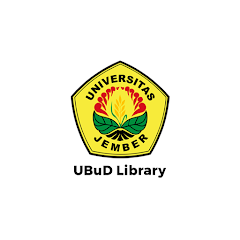On the Role of Imitation on Adolescence Methamphetamine Abuse Dynamics
J. Mushanyu 1 - Personal Name
F. Nyabadza 2 - Personal Name
G. Muchatibaya 1 - Personal Name
A. G. R. Stewart 1 - Personal Name

important in developing effective prevention programs. We formulate a mathe-matical model for the spread of methamphetamine abuse using nonlinear ordinary differential equations. It is assumed that susceptibles are recruited into metham-phetamine use through imitation. An epidemic threshold value, R a , termed the abuse reproduction number, is proposed and defined herein in the drug-using con-text. The model is shown to exhibit the phenomenon of backward bifurcation. This means that methamphetamine problems may persist in the population even if R a is less than one. Sensitivity analysis of R a was performed to determine the relative importance of different parameters in methamphetamine abuse initiation. The model is then fitted to data on methamphetamine users less than 20 years old reporting methamphetamine as their primary substance of abuse in the treatment centres of Cape Town and parameter values that give the best fit are chosen. Results show that the proportion of methamphetamine users less than 20 years old reporting methamphetamine as their primary substance of abuse will continue to decrease in Cape Town of South Africa. The results suggest that intervention programs targeted at reducing adolescence methamphetamine abuse, are positively impacting methamphetamine abuse.
Series Title
-
Call Number
-
Publisher
: ,
Collation
-
Language
ISBN/ISSN
-
Classification
NONE
Content Type
-
Media Type
-
Carrier Type
-
Edition
-
Specific Detail Info
-
Statement of Responsibility
-

















